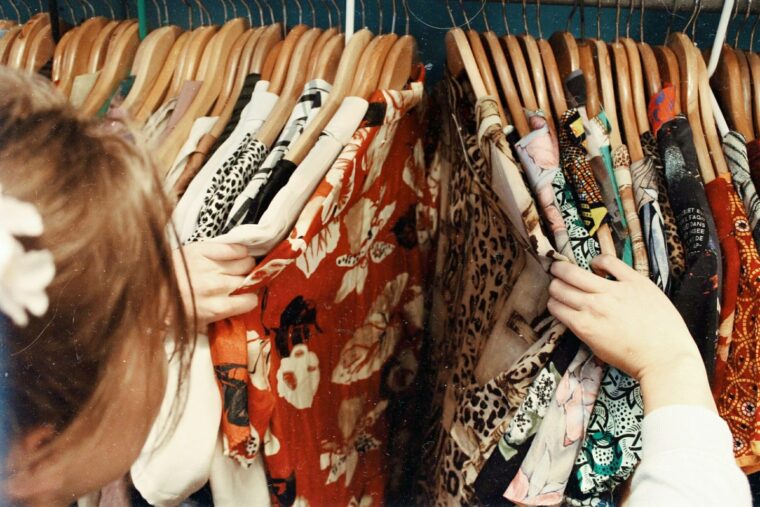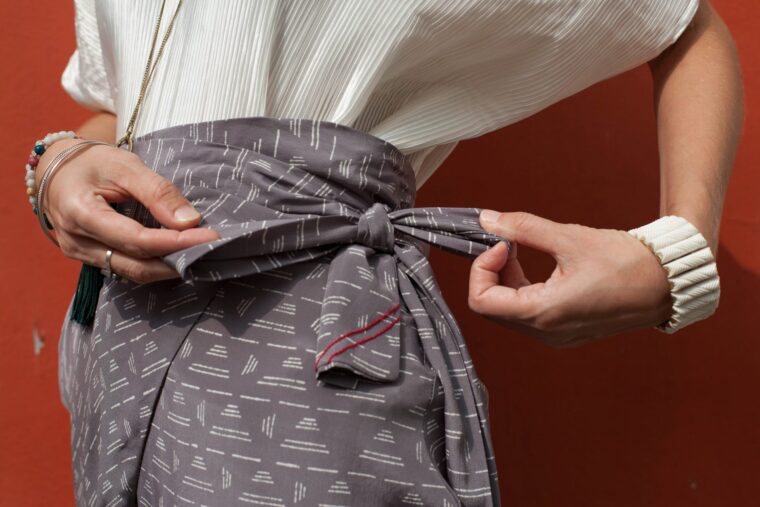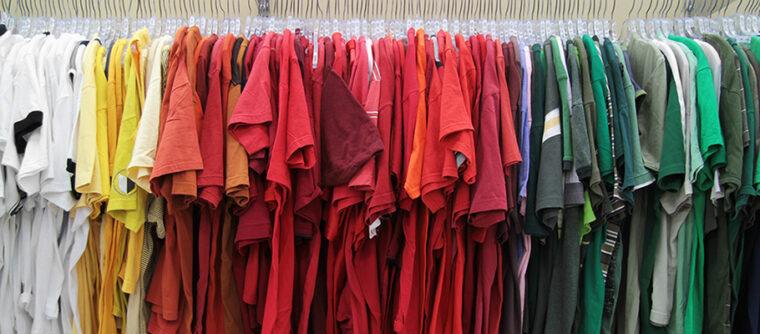The significant advantage of purchasing used clothing is the good influence on the earth. The fashion business has always been making the headlines for having severe environmental impacts, such as harmful chemicals, excessive water use, and the generation of massive amounts of garbage. Purchasing used clothing reduces the amount of garbage that goes to landfills and the energy necessary to make new apparel.
Nevertheless, second hand clothing bales can hold value over the years, specifically because they have a high chance of consisting of vintage or designer clothing. Thus, you may save money by purchasing used apparel, but you might also be capable of reselling it for a profit later on.
Benefits And Misconceptions About Preloved Clothing
Second-hand clothes are trending now more than ever, and many people who buy them can understand that preloved clothing sells at a very modest price, which is comfortable for one’s pocket.
But there are more advantages than this for second-hand clothing, such as used clothing is very unpretentious and healthy for the environment around us. Recycling clothes is a major issue in our fast fashion industry.
In addition to this, purchasing used clothing can also be a way of helping humankind, especially those who need stable finances, such as: purchasing from charity shops.
But even after all these benefits, there are certain misconceptions about buying used clothing among people. All these benefits and misconceptions about used clothing have been addressed below. Read on to know more!
1. Ethical Advantages Of Purchasing Used Clothing:

The most amazing advantages of getting old clothing are the ethical benefits that we all get. By purchasing used goods, one can avoid supporting fast fashion practices that exploit labor laws, use immoral products, and encourage environmental destruction.
Used preloved clothing can also help us to support environmental fashion practices and reduce the negative impact of the fashion industry on the planet and its people. Buying old clothing is a simple yet effective method of making a difference.
2. Help Charity Shops
Regularly visit charity markets and secondhand shops to stay apprised of recent arrivals and get the most significant discounts. Search for one-of-a-kind pieces and experiment with how you arrange them. Remember to thoroughly wash the garment before wearing that to get rid of any dirt, odors, or viruses.
Going to charity shops also will help a person contribute to the local communities and those in need by creating jobs in this sector and hopefully providing for them and their families.
Nevertheless, used clothes can hold value as time passes, mainly if it is vintage or designer. Thus, not only may you preserve money by purchasing used apparel, but you might be capable of selling it for money later on.
3. Misconceptions About Second-Hand Clothing:
Despite the numerous advantages of secondhand clothing, several misunderstandings may deter people from purchasing second-hand.
One of the most common misconceptions is that used clothes are filthy or in bad shape. However, this is only sometimes the case, and preloved apparel may remain just as fresh and in good condition as new apparel with a bit of cleaning and care.

Another common misperception is that used clothes need to be updated or more fashionable. This is close to the truth, as old and retro fashion is gaining popularity. Furthermore, clothing helps you express yourself and differentiate yourself from others.
How To Care For Secondhand Clothing
Taking excellent care of your used clothing is critical to guarantee it will last as long as possible. Here are some pointers for care for secondhand clothing:
- Before wearing used clothing, wash it to eliminate any dirt, smells, or bacteria.
- To avoid harming the fabric, follow the care recommendations on the garment label.
- Preloved clothing should be kept in an airy, dry environment free of sunlight and dampness.
- Preloved clothing should be stored in a relaxed, dry environment free of sunlight and dampness.
- To prevent additional damage, repair any tiny cracks or tears.
- While cleaning used clothing, avoid using toxic materials or bleach.
Conclusion

Old clothing bales provide various environmental benefits, making them an appealing solution for eco-fashion.
For starters, they assist in reducing the quantity of textile waste in landfills, preserving mineral resources, and lowering the carbon footprint of garment production. Second, they include reasonable and aware possible apparel for people that might not be able to buy new clothes otherwise.
Finally, they contribute to local communities by providing jobs in the recycler and used clothing businesses. Finally, by extending the usefulness of garments and minimizing the demand for new materials, they help the circular economy.
Because of these environmental advantages, used clothing bales are a win-win situation for shoppers, retailers, and the world.
